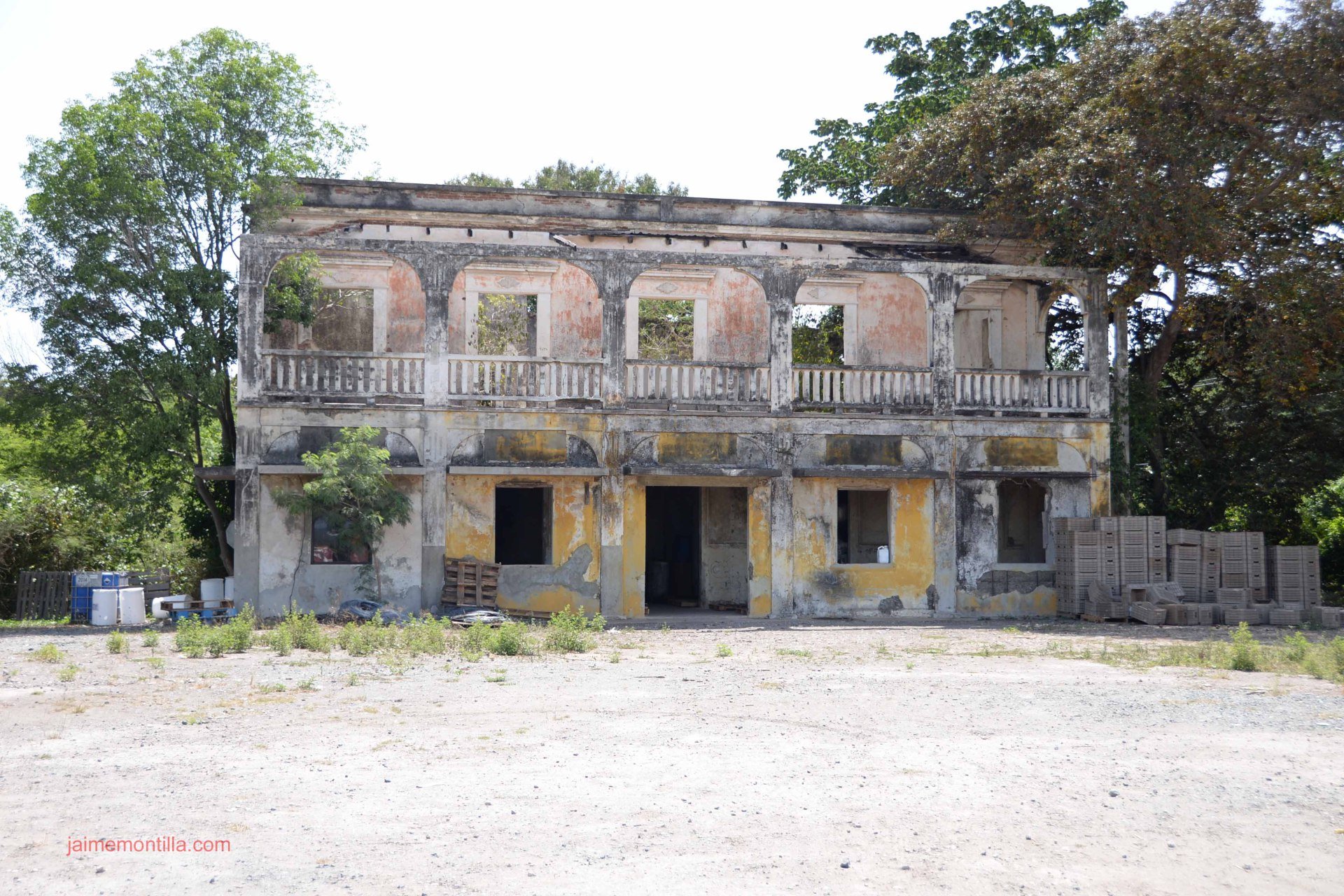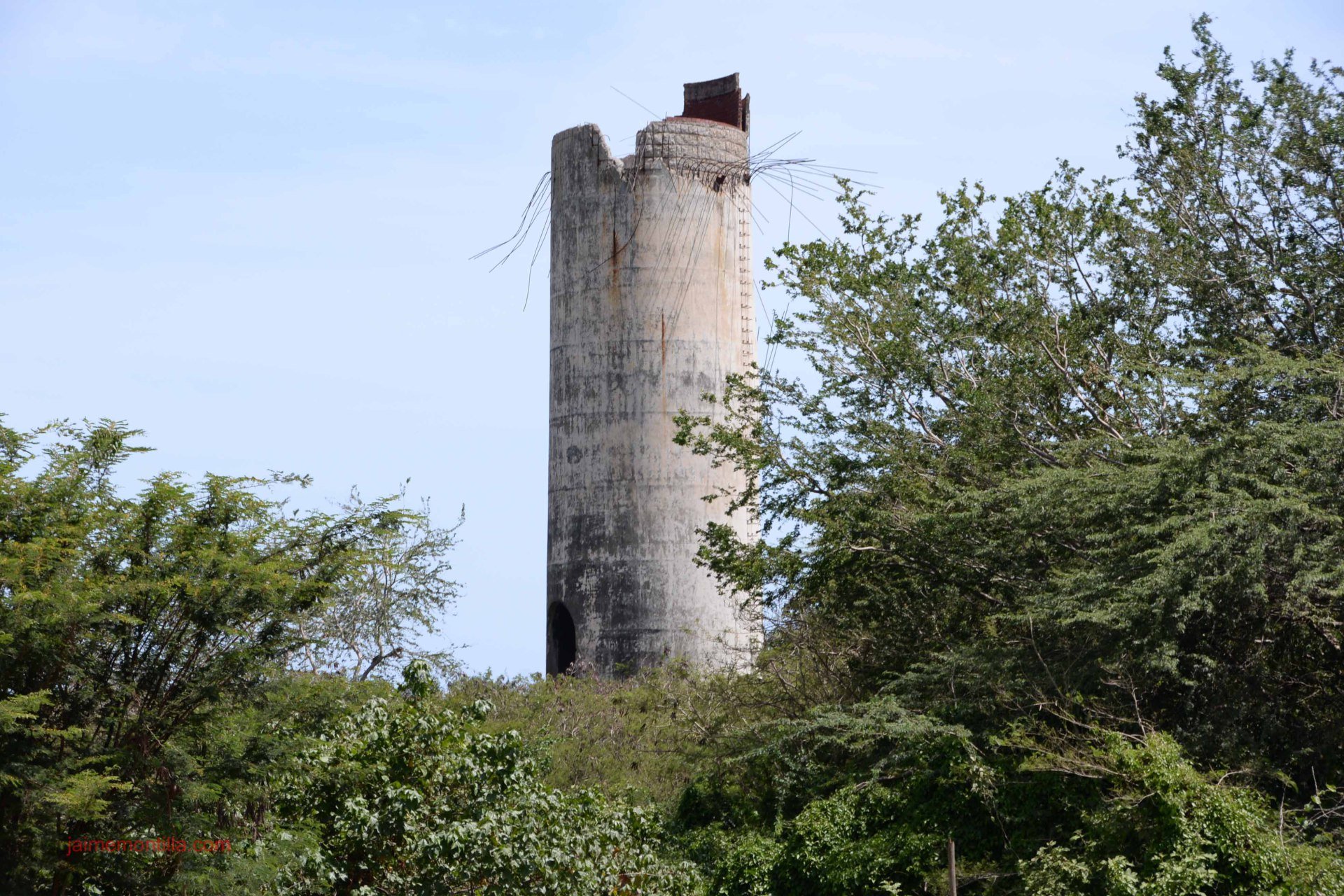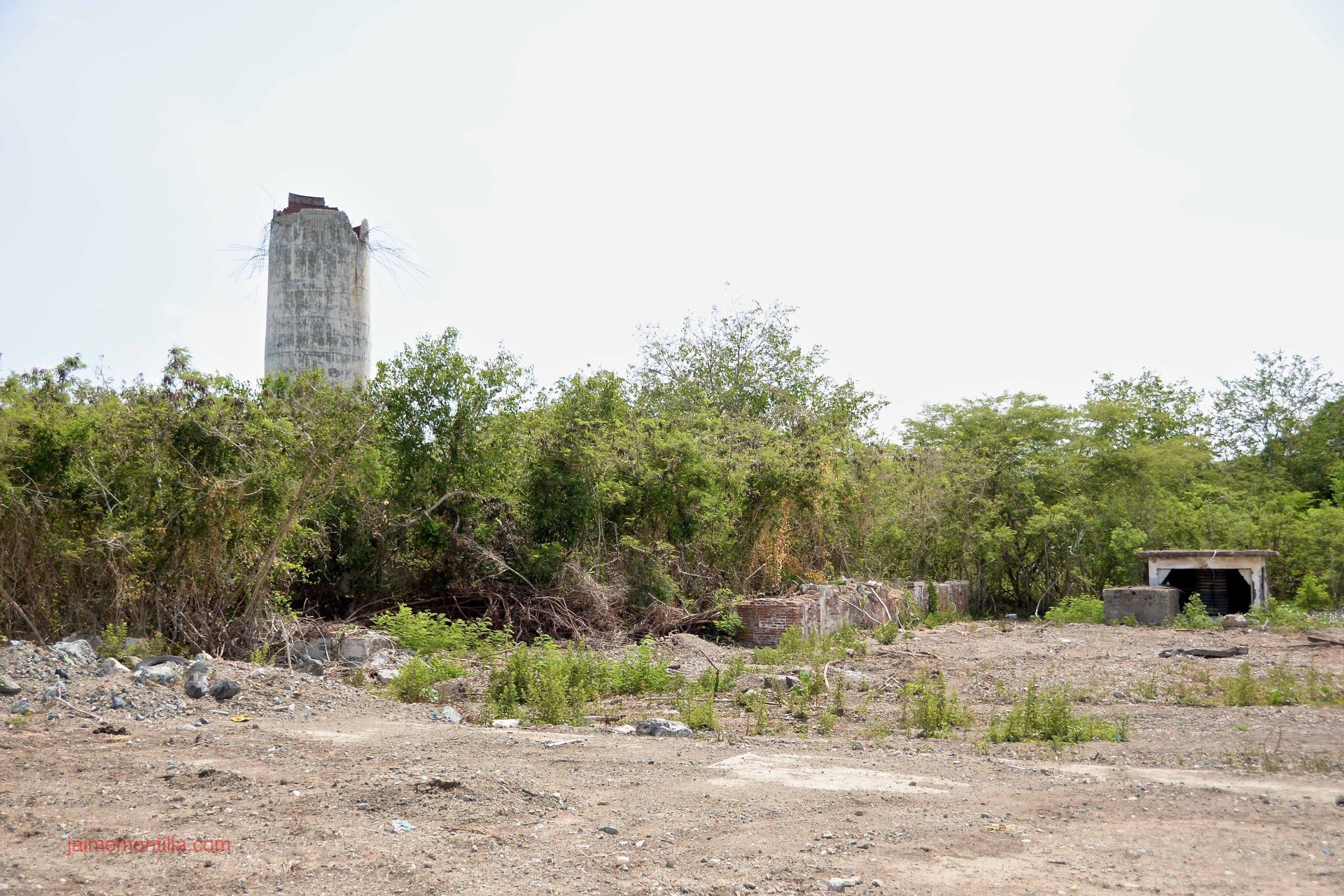
Central Rufina
Location: Guayanilla
Date Established: 1901
Date Ceased Operations: 1967
Annual Production Graph
Average Annual Production: 23,161 Tons
Best Production Year: 1952/39,946 Tons
Family Ownership: Trujillo, Mercado
The 1833 Slave Register lists the nine most important haciendas in Guayanilla and includes Hacienda Rufina, property of Dionisio Torres y Figueroa in Barrio Indios. Other information available states that by 1842 Dionisio Torres y Figuroa owned some two thousand five hundred acres of land in Guayanilla, estate known as Hacienda Rufina in honor of his wife Juan Rufina Torres Rodriguez (1812-1872). It reasonable to believe then that the mortgage that resulted in the court case mentioned below represented the deferred balance of the purchase price for Hacienda Rufina when acquired by Anotonsanti & Franceschi from Torres y Figueroa Rodriguez.
According to the court case Franceschi et al vs. Trujillo & Mercado decided by the Puerto Rico Supreme Court on June 28, 1918, Hacienda Rufina was owned by the mercantile firm Antonsanti & Franceschi composed of Francisco Antonsanti (1843- ) and Juan Angel Franceschi Rodriguez (ca.1854-1895). In 1884, Antonsanti & Franceschi mortgaged the hacienda in favor of Dionisio Torres y Figueroa Rodriguez (1799-1885) to secure a loan for 28,000 in local currency with maturity in 1888. On June 12, 1885 Antonsanti & Franceschi was declared insolvent by the Ponce District Court who appointed Felix Tristani as receiver.
In 1895, while Hacienda Rufina was still under the administration of Tristani, the heirs of Dionisio Torres y Figueroa Rodriguez brought suit to recover the amount owed by Antonsanti & Franceschi on the mortgage in default since 1888. As the result of this suit, Hacienda Rufina was ordered sold at public auction and that same year was acquired by Mario Mercado Montalvo (1855-1937) as the legal representative and attorney in fact of Spanish immigrant from Palma de Mallorca José Trujillo Pizá (1858-1920). Subsequently the hacienda was owned by the firm Trujillo & Mercado whose partners were Trujillo Pizá and Mercado Montalvo. Trujillo Pizá, was at the time also partner with Spanish immigrant Arturo Subiña Adriá (1861- ) in the firm Sucs. de Trujillo & Subiña which owned the well known hardware store in Ponce called El Cometa.
Also part of the bankruptcy estate of Antonsanti & Franceschi were Hacienda Faro and Hacienda San Colombano, both of which were eliminated from the bankruptcy estate by foreclosure proceedings in 1885. According to the essay by Otto Sievens Irizarry Guayanilla: Notas Para su Historia, Hacienda Faro or El Faro in Barrio Indios consisted of five hundred sixty five cuerdas and was established as Hacienda Luisa by Genoa native Miguel Saliva who named it in honor of his wife Luisa Isabel Marsaud. In 1862 it was acquired at public auction by Guillermo Fermín Tirado for 70,000 Spanish pesos. Sievens Irizarry also states that Central Rufina was the first central sugar mill established in Guayanilla by the consolidation of Hacienda Rufina, Hacienda Faro and Hacienda San Colombano and that its machinery was installed by Anronio Ferré of the Puerto Rico Iron Works in Ponce.
In 1916 José Trujillo Pizá sold his participation in Central Rufina to Mario Mercado Montalvo who became its sole owner under the name Mario Mercado & Sons. Mercado Montalvo had four children; Mario (1887-1975), Adrian (1892- ), Margarita (1884-1973) and Maria Luisa (1894-1983) Mercado Riera, all who inherited Rufina after his death in 1937. The administration of the estate including the sugar mill rested in the hands of Mario Mercado Riera who became majority owner of the estate including the sugar mill when he acquired his sister Maria Luisa's participation. A few years after Mercado Montalvo's death, a series of legal battles ensued between some of the heirs for alleged inconsistencies in the administration of the estate, part of which were related to the sugar mill. The legal battles continued well into the 1960s as was the case Mario Mercado Riera et al., Defendants, Appellants, v. Margarita Mercado Riera, Plaintiff which reached the US Supreme Court. One case, Mercado Riera vs. Mercado Riera related to a controversy between three of the four siblings, was decided on May 8, 1946 by the Puerto Rico Supreme Court.
The sugar mill ceased to operate in 1967 and in 1974 was acquired by the Land Authority of Puerto Rico who dismantled it and sold its machinery to Ingenio Palo Gordo in Guatemala. The land in the immediate vicinity where the sugar mill was located, is currently being used to grow fruits. According to one of the farm workers there, the damage to the chimney was caused by Hurricane Georges in 1998.
In 1935 Mercado Riera commissioned architect Francisco Porrata Doria with the design of a mansion at the top of a mountain overlooking the sugar mill which became known as "Castillo de Mario Mercado" or the Mario Mercado Castle and which picture you can see in the Puerto Rico Architecture page. General belief is that the castle was built by Mercado Montalvo, but although he did live there the last two years of his life, it was built by his son Mario Mercado Riera. As a kid, with Mercado Riera's grandson David Coffey who was my friend and neighbor, we would often spend weekends at the castle playing around and going horseback riding on the grounds of the sugar mill.




